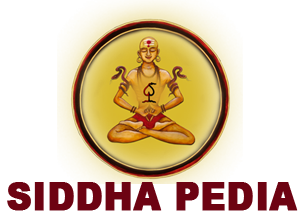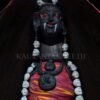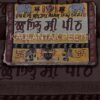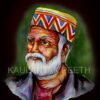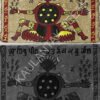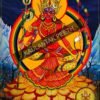Tejottama Yoga Patala
‘Tejottama Yoga Patala’ is the fifth ‘Patala’ (chapter) of one of the most comprehensive and the fundamental Granth of Siddha Dharma of Himalayan Siddhas called the ‘Deva Samadhi Tantra’. It is written by Mahasiddha Kopashirsha Nath ji famously known as Mahasiddha Koshir Nath also. (Designation: Mahasiddha Gana Chakra Nath ; महासिद्ध गण चक्र नाथ )
